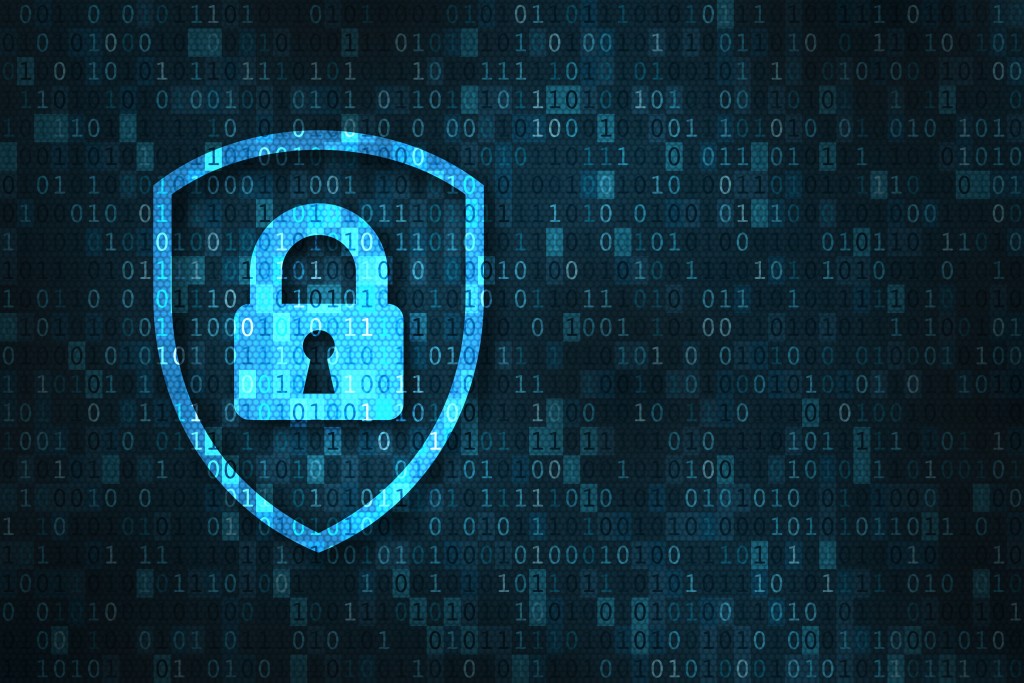In today’s digital-driven world, almost everyone relies on computers, servers, and mobile devices to store and transfer information from one medium to another. Businesses, both large and small, have invested in modern technology, running a significant portion of their transactions through the internet. These companies’ data assets are often the target of cybercriminals—people who try to hack into a server or digital network to gain client data and company secrets for corporate espionage, customer attacks, or other nefarious activities.
Cybersecurity refers to the practice of making sure these things do not happen. It can be broken down into several categories to better explain the tasks needed to maximize the layers of protection. The most common branches used in cybersecurity are network security, information security, operational security, disaster recovery and business continuity, and end-user education.
Information security focuses on keeping the integrity of data sets intact by keeping the connection secure, both during transit and storage phases. Operational security refers to decisions made across an organization regarding the handling of data assets, like assigning who has access to specific sets of information. Network security involves keeping a computer network safe from cyber threats through firewalls or added layers of protection. These three categories often intertwine to keep harmful malware or targeted hackers away from databases.
Malware stands for malicious software and is one of the most common methods cybercriminals use to get inside and disrupt a data system. Different types of malware have been used throughout the years, from viruses to botnets, making it extra tricky for cybersecurity experts to block off attacks. It is essential to understand the different kinds of malware so that proper measures can be taken to address each:
1. Viruses
The earliest form of malware, viruses are self-replicating software that infects computer files with malicious code, aimed to destroy or copy information. If left undetected, a single entry can spread throughout the entire network and cause the database to be compromised.
2. Trojans
Named after the Trojan horse of myth, Trojans enter a computer system disguised as legitimate programs. Once the user unknowingly approves its entry, the Trojan proceeds to hack into the server and collect information for criminal purposes.
3. Spyware
Spyware technology is not that harmful by itself, since it only records user actions on a computer system. However, if that system is used for personal purposes, such as purchasing online with a credit card, the spyware can be used by hackers to capture the card’s credentials and commit identity theft.
4. Ransomware
As the name suggests, hackers use this type of malware to lock down a user’s information system, threatening to erase or expose specific data unless the user pays a ransom.
5. Botnets

The latest development in hacking technology, botnets are malware-infected computer networks that can take over user actions on a server without the user’s permission.
In the event a hacker successfully infiltrates a server, the business’s disaster recovery and business continuity measures will dictate how they handle the attack as well as any post-attack consequences that might follow. Adjustments on security measures and fallback plans to save what is left of the data systems also belong to this cybersecurity category.
The most dynamic and unpredictable part of cybersecurity is end-user protection, which roughly means the people who use the system. It is not uncommon for people to accidentally upload viruses or other forms of malware into their personal or business computers. Cybersecurity programs can only do so much to protect data; the users also need to be vigilant in making sure they screen data sets before allowing it to enter their servers.
Phishing emails are an excellent example of poor security awareness by a computer user. When a person receives a suspicious email, there are multiple options to verify its security. First, there are installed programs on the computer to scan if the emails have viruses. Second, the user can reach out to the sender with a call, as most businesses employ a phone answering service for 24/7 access. Another option is to delete it until you can know for sure that it is a valid email from the sender. Unfortunately, not all users are as careful, as phishing scams still make up a considerable percentage of reported cyberattacks.
Technological advancements mean that more companies and people will continue to rely on computers for the foreseeable future. As such, cyberattacks will also continue being a significant security threat. In 2019, a security site reported that a whopping 7.9 billion data records had been breached in the first nine months alone. That is an alarming number for attacks considering cybersecurity professionals are always developing new software to combat threats. This only shows that creating high-security programs is not enough; people need to be educated and trained to understand cybersecurity if we want to lessen the chances of a successful cyberattack.

